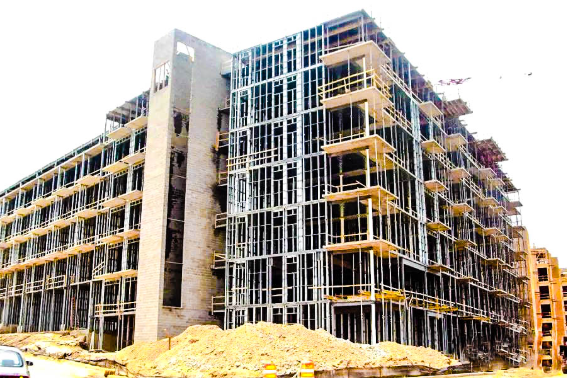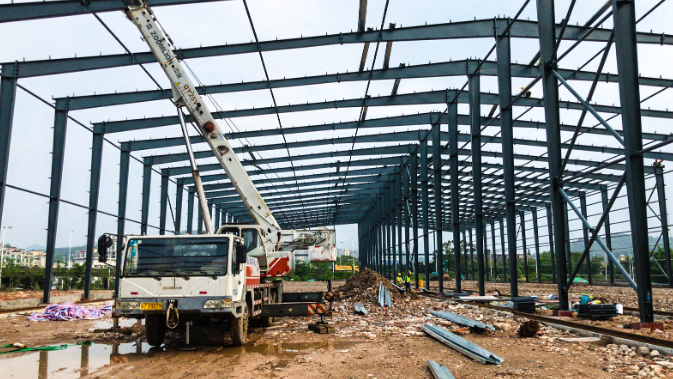Material Requirements for Steel Structures

Steel structures, primarily composed of steel components, are one of the main types of building systems. They consist of steel beams, columns, trusses, and other elements fabricated from rolled sections (e.g., H-beams, I-beams) and steel plates. These components are typically connected via welding, bolts, or rivets. Known for rapid construction, simplicity in fabrication, and lightweight properties, steel structures are widely used in large industrial plants, stadiums, skyscrapers, and other large-scale projects.
Key Characteristics of Steel Materials
High Strength-to-Weight Ratio: Steel offers exceptional strength while remaining lightweight, making it ideal for large-span, ultra-tall, and heavy-duty buildings.
Homogeneity and Isotropy: Steel behaves as a near-ideal elastic material, aligning well with engineering mechanics principles.
Ductility and Toughness: Steel exhibits significant plastic deformation capacity, enabling it to withstand dynamic loads (e.g., seismic forces).
Rapid Construction: High industrialization allows for mechanized, prefabricated production, reducing on-site timelines.
Material Performance Requirements

Steel must possess excellent:
Mechanical Properties: Strength, plasticity, and toughness to resist diverse loads (e.g., static, dynamic, thermal stresses).
Workability: Compatibility with cold/hot forming, welding, and machining processes to ensure structural integrity.
Common Steel Grades for Structural Applications
Carbon Steels: Q235, Q355, A36, S355, SS41.
Low-Alloy Steels: 16Mn (e.g., for enhanced strength).
High-Strength Bolt Steels: 20MnV (20 manganese vanadium steel).
Advanced Steel Solutions
High-Strength Steel Development: Research focuses on increasing yield strength and developing specialized profiles (e.g., H-beams, T-sections, corrugated steel plates) to meet demands of mega-projects.
Thermal Bridge-Free Lightweight Systems: Innovative connectors eliminate thermal bridging, enhancing energy efficiency.
Integrated Utility Design: Small truss systems allow utilities (electrical, plumbing) to be routed within walls, simplifying construction and finishes.
Environmental and Functional Adaptability
Steel structures must endure varied environmental impacts (e.g., uneven settlement, temperature fluctuations). Material selection and design must prioritize durability, safety, and compliance with project-specific conditions.
By adhering to these material standards and leveraging advanced steel technologies, modern steel structures achieve optimal performance, longevity, and adaptability across diverse applications.



